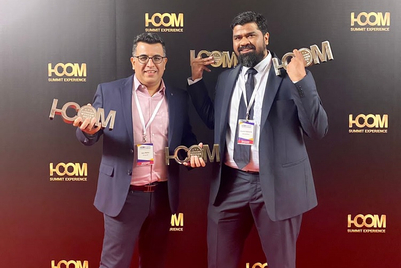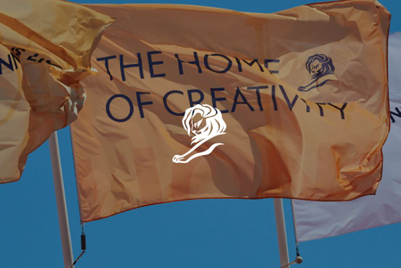The first speaker on day one of the 10th edition of Ad:Tech 2022, Dr RS Sharma, CEO, National Health Authority, spoke about the day the country’s popular vaccination programme came through.
Sharma shared how Prime Minister Narendra Modi was tasked with creating a digital backbone for delivering vaccines, from only the first week of January 2021, with the platform kicking off from 16 January, 2021.
“The PM was convinced that unless we have a robust technology architecture, it will not be possible to have a vaccination programme which is orderly, devoid of rent-seeking, transparent and provides a single source of truth,” he said.
Keeping these parameters in mind, the Government of India launched CoWIN, which according to Sharma was also launched to eliminate the information asymmetry between the poor and the VIPs.
Talking numbers for the system’s digitised journey, the system has induced 1.83 billion vaccines to date. However, it is now progressively changing the scope of vaccination.
Main components of the application
The nature of the system requires it to cater to a diverse country, ensuring that multiple partners can plugin. With a mission to continue providing real-time data on vaccinations in the country, Sharma pointed out four main components of the application/portal.
The registration component: We only ask for basic details like name, age and an identification document. We don’t even ask for addresses due to the portable nature of the vaccination.
Vaccination module: At the centre, the vaccinator vaccinates you and then plugs in the details of the vaccine, date of dosage and the centre of inoculation. That digitises your vaccination record which helps remind you of the remaining doses.
Vaccination schedules: Facilities can publish their vaccination schedules, with all the relevant information about the vaccine and the number of doses left. In addition, consumers can also book an appointment with a particular facility.
Digital certificate: Downloading one’s digital certificate helps people for work and travel purposes, with the ease of carrying it on the device of their choice.
However, Sharma took into cognizance that even with 1.2 billion mobile connections, 850 million internet connections, and 600 million-plus smartphones in India, not everyone is conversant with technology. “This is why we’ve adopted a branded approach - either you can register and then get an appointment - or go straight to the centre. So, it’s an inclusive system without a digital divide,” he added.
Scalability of the system
Shunning the infamous opinions about Government-owned apps, he stated how CoWIN was not a monolith app, but an API-based interoperable application. Speaking about how various apps have become torchbearers of vaccinating every Indian, Sharma explained how these providers or app developers provide services using the open APIs of the CoWIN system.
“We have a large number of partners booking these applications. Right from IIT Bombay, Apollo Hospitals, Vi, Paytm, Aarogya Setu, to Reliance, to name a few, they all source services through our app.”
Repurposing CoWIN
Seeing the country’s inoculation rate being handled to quite an extent, he shared how the app can be repurposed for multiple applications in the country. “We are expanding the scope for delivering multiple services with modifications, which go beyond fighting covid. The digital delivery and information communication technology are great for delivering different health services which unify the health interface under the Ayushman Bharat mission.”
Acknowledging that the basic objective of being a digital society is being fulfilled, Sharma shared how he’s now using the digital India concept with the same architecture, in different areas like digital commerce, tourism, agriculture and many other aspects.
.png&h=570&w=855&q=100&v=20250320&c=1)
.png&h=570&w=855&q=100&v=20250320&c=1)


.jpg&h=334&w=500&q=100&v=20250320&c=1)










.jpg&h=268&w=401&q=100&v=20250320&c=1)


.jpg&h=268&w=401&q=100&v=20250320&c=1)
